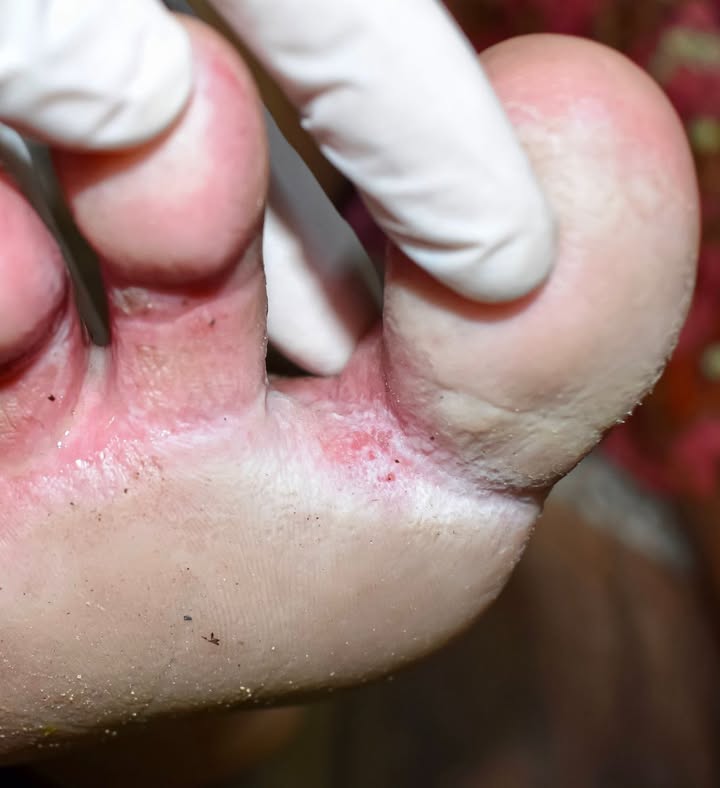Home Remedies and Natural Alternatives
Some people opt for home remedies or natural alternatives to treat fungal infections between the toes. Common options include soaking the feet in a vinegar or saltwater solution, applying tea tree oil, or using garlic due to its antifungal properties. While these remedies may provide relief for some, their effectiveness can vary, and they should be used with caution.
Preventive Measures to Avoid Future Infections
Preventing future fungal infections involves maintaining good foot hygiene. This includes keeping the feet clean and dry, wearing moisture-wicking socks, and choosing breathable footwear. Avoid walking barefoot in communal areas and regularly disinfect shoes and socks. Using antifungal powders or sprays as a preventive measure can also be beneficial.
When to Seek Professional Medical Advice
If over-the-counter treatments do not improve the condition within a few weeks, or if the infection spreads or worsens, it is important to seek professional medical advice. Persistent or severe infections may require prescription-strength antifungal medications or further evaluation to rule out other underlying conditions.
Conclusion: Managing Toe Fungal Infections Effectively
While fungal infections between the toes can be uncomfortable and persistent, they are generally manageable with proper care and treatment. Over-the-counter remedies can be effective for mild to moderate cases, but it is crucial to follow the treatment regimen diligently and take preventive measures to avoid recurrence. In cases where the infection does not respond to OTC treatments, consulting a healthcare professional is advised to ensure appropriate care.
Pages: 1 2

